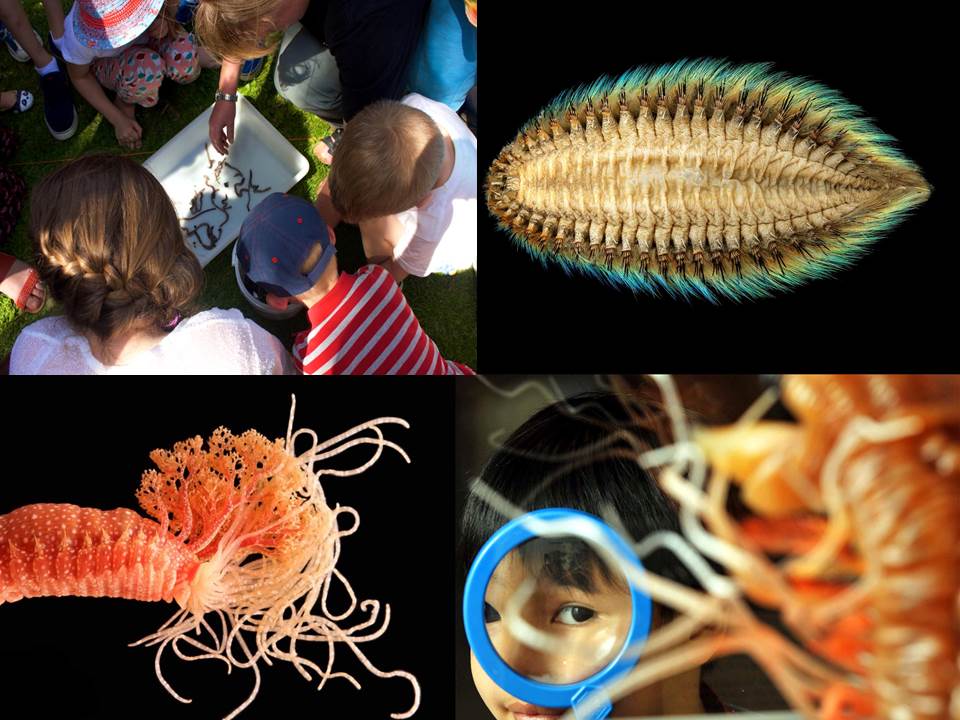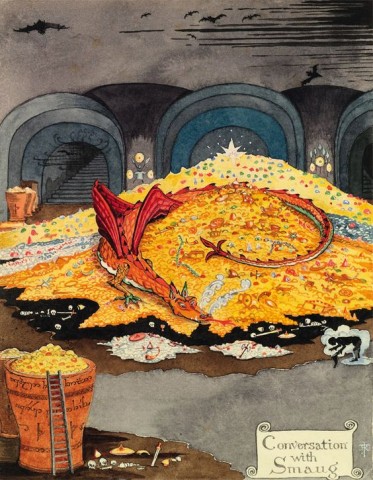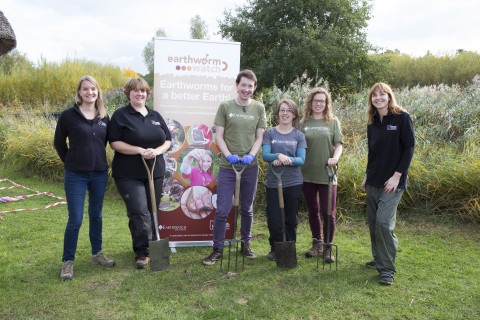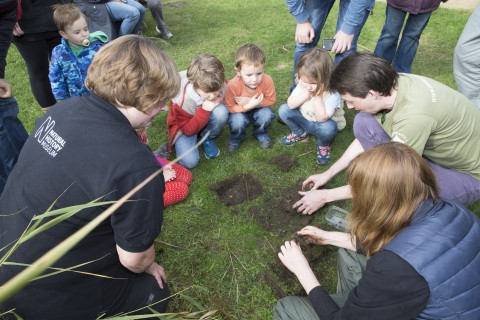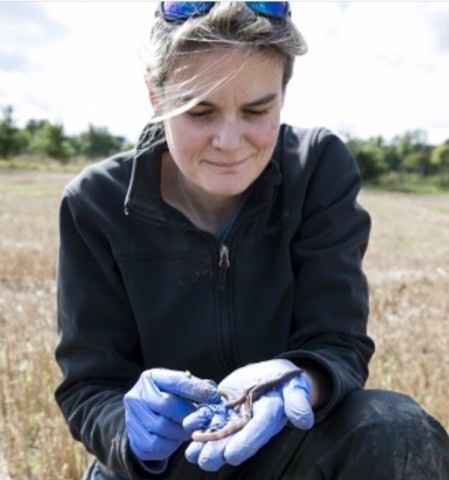The Earthworm Watch team has been working with leading worm experts to showcase an event to celebrate the worms of the world on Saturday 17th June (11am - 4pm) at the world-class Amgueddfa Genedlaethol Caerdydd - National Museum Cardiff alongside the Open Air Laboratories (who also run a soil and earthworm survey).This also coincides with the National Museum Cardiff’s highly successful Wriggle: The Wonderful world of worms exhibition. The exhibition is an exciting, family-friendly foray delving into the wonderful world of worms. It was recently quoted by USA Today as “[one of] the best museum exhibits in Europe".
Earthworms are a part of the group Oligochaetes. There are as many as 10,000 known species and include many small species of freshwater worms too. Oligochaetes also have the presence of bristle-like hairs that run along the body. In earthworms, they run in pairs and in some cases are noticeable with the naked eye. The Oligochaetes form part of the larger group Annelida that include many different segmented worms. This means that when the body is magnified it has visible segments.
Some species of segmented worms have visible eyes, a nose-like proboscis, and some are bright red when alive. At Amgueddfa Genedlaethol Caerdydd - National Museum Cardiff, Katie Mortimer-Jones is one of a range of experts who studies worms as part of overall research into marine biodiversity. Katie is a Senior Curator and studies segmented worms called Polychaetes. Polychaete worms are related to earthworms and leeches and are found in large numbers in marine environments and estuaries. Amgueddfa Genedlaethol Caerdydd - National Museum Cardiff has been studying polychaetes since the 1980s and is the largest repository of Welsh polychaetes globally.
Just as earthworms are important in maintaining the health of our soils on land and as a food source for many different animals, Polychaetes have important roles in marine food chains and reprocessing of nutrients, but are also indicators of the health of seabed habitats. Katie has an amazing job of looking after and doing research on literally thousands of specimens from the museum’s collections alongside several other curators. You can follow what they get up to on Twitter @CardiffCurator.
Katie shares her enthusiasm and knowledge for Polychaetes in a short blog for International Polychaete Day and you could get the chance to meet Katie and other worm scientists at our Get A Wriggle On event.
Other highlights include:
- Get up close with worm specimens from the National Museum Cardiff’s collections and meet curators who research these weird and wonderful creatures!
- Meet plant and soil scientist Dr. Alan Jones from Earthwatch and take part in live demonstrations of Earthworm Watch, counting earthworms and categorizing soils.
- Make your very own terrarium, handle earthworms or take part in our own earthworm game!
Get a wriggle on and join us as we shock, surprise and inspire you with our worm facts and stories!
For more information visit: https://museum.wales/cardiff/whatson/9556/Get-a-Wriggle-on-/

